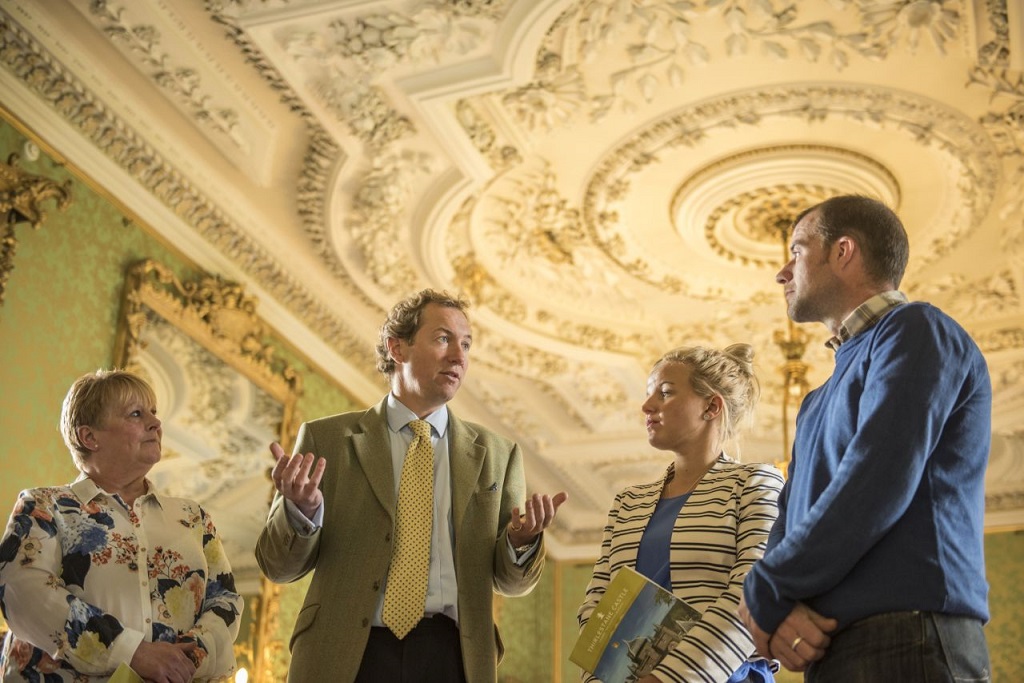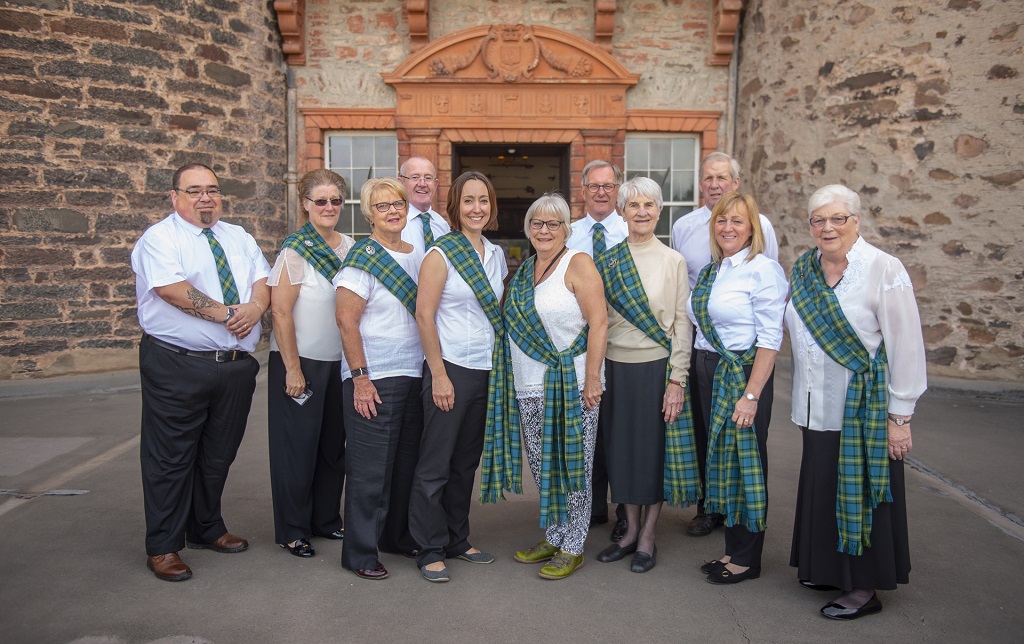A Scots castle is looking for volunteers to help boost visitors’ experiences of the historic building
Thirlestane Castle, in Lauder, is one of the oldest and finest inhabited castles in Scotland. This summer they are extending their opening days so visitors can tour the 16th-century castle seven days a week.
In order to do this and ensure sure each visitor experience continues to be exceptional, they need to increase their team of volunteer room stewards and guides who generously donate their time to the castle.
The volunteers, the Friends of Thirlestane, are an invaluable and extremely enthusiastic resource. Without them, the charitable trust that operates the castle would not be able to open the doors and allow visitors to explore the fascinating building and its unique collections.
The ceilings in the State Rooms date from the 17th-century and are among the finest in Europe. They have one of the largest collections of family portraits in the country from a wealth of famous artists such as Romney and Reynolds. This summer will also see the opening of the new ‘School Room Toy Museum’, a brand new space displaying the extensive collection of Edwardian, Victorian and Georgian toys.
Thirlestane Castle Trust is appealing to anyone who may have some spare time, even if it is just a half day every so often, to consider joining the friendly team. They also need people to help in the shop and to meet and greet people so it doesn’t matter if history is not a passion.

A tour of Thirlestane Castle (Photo: Phil Wilkinson)
In order to introduce potential volunteers to the castle, show them around and introduce the rest of the team, Thirlestanewill be holding an open morning in March.
Edward Maitland-Carew said: ‘We are so indebted to The Friends of Thirlestane who do an amazing job welcoming our visitors and sharing this fabulous castle’s stories with them. Without this wonderful group of people we would not be able to open to the public every summer.
‘Please do consider joining the team and coming along to our open morning to see how you can help protect this magnificent building for future generations.’
The history of Thirlestane dates back to at least the 13th century, when a large Border fort was built on the site to defend the approach to Edinburgh from the south. The central part of the present castle was completed in 1590, remodelled in the 1670s, and then again in the 1840s.
William Maitland of Lethington, was Secretary to Mary, Queen of Scots, his younger brother was Sir John Maitland, Secretary of Scotland, who acquired Thirlestane in 1587. In the same year, he built a large square keep or tower house upon the foundations and walls of the original fort. In 1590, Sir John was appointed Lord Chancellor of Scotland, and was ennobled as Lord Maitland of Thirlestane. This new house near Lauder was to replace the Maitland’s original but now decaying Thirlestane Castle, a peel tower situated a mile to the south. Its ruins are still extant, and are shown on the Ordnance Survey map of the area.
Lord Maitland’s son was created the 1st Earl of Lauderdale in 1624. His son was John Maitland, Duke of Lauderdale (1616–1682), one of the most important Scottish figures of the late 17th century, being appointed Secretary of State for Scotland in 1660, a position carrying unrivalled power and influence.

Some of the Friends of Thirlestane Castle (Photo: Phil Wilkinson)
He employed the architect Sir William Bruce to transform the castle into a residence suitable for conducting the affairs of state. Between 1670 and 1676 the substantial alterations included the addition of the two front towers and the grand staircase, in addition to extensive internal modifications creating lavish staterooms with magnificent plasterwork ceilings.
Captain Gerald Maitland-Carew inherited the castle in 1972 from his maternal grandmother, Ethel, Countess of Lauderdale, wife of the 15th Earl. At this time, the castle was in a serious state of disrepair, requiring extensive renovation after outbreaks of dry rot. In 1984 the castle was gifted to a charitable trust established to ensure its preservation, and major repairs were carried out.
Edward, and his wife Sarah, moved to Thirlestane in September 2012. Almost immediately, history repeated itself and another large outbreak of dry rot was discovered in the south wing. The castle had to be closed to the public for 18 months while this was treated. Some of the rooms were able to be restored and opened once more to visitors in 2015 although some areas still require additional restoration.
Edward and Sarah have continued to promote the castle as a venue for weddings, large scale outdoor events, corporate functions and private dining. National Horse Trials have been held here for 25 years and the castle continues to host the BVAC Classic – Festival of Motoring every June which attracts 7,000 visitors.
For further information, visit www.thirlestanecastle.co.uk, email enquiries@thirlestanecastle.co.uk or call +44 (0)1578 722430
TAGS

